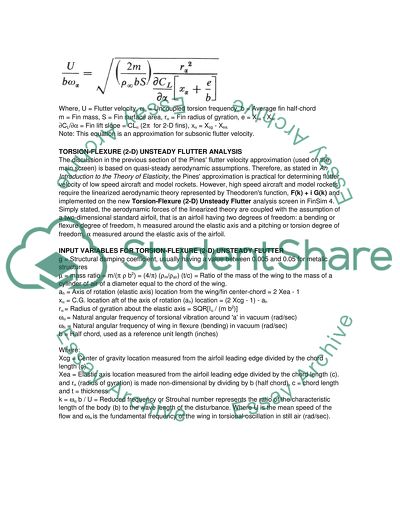Vibration of two degree systems (Aircraft wing) Essay. Retrieved from https://studentshare.org/miscellaneous/1501840-vibration-of-two-degree-systems-aircraft-wing
Vibration of Two Degree Systems (Aircraft Wing) Essay. https://studentshare.org/miscellaneous/1501840-vibration-of-two-degree-systems-aircraft-wing.


